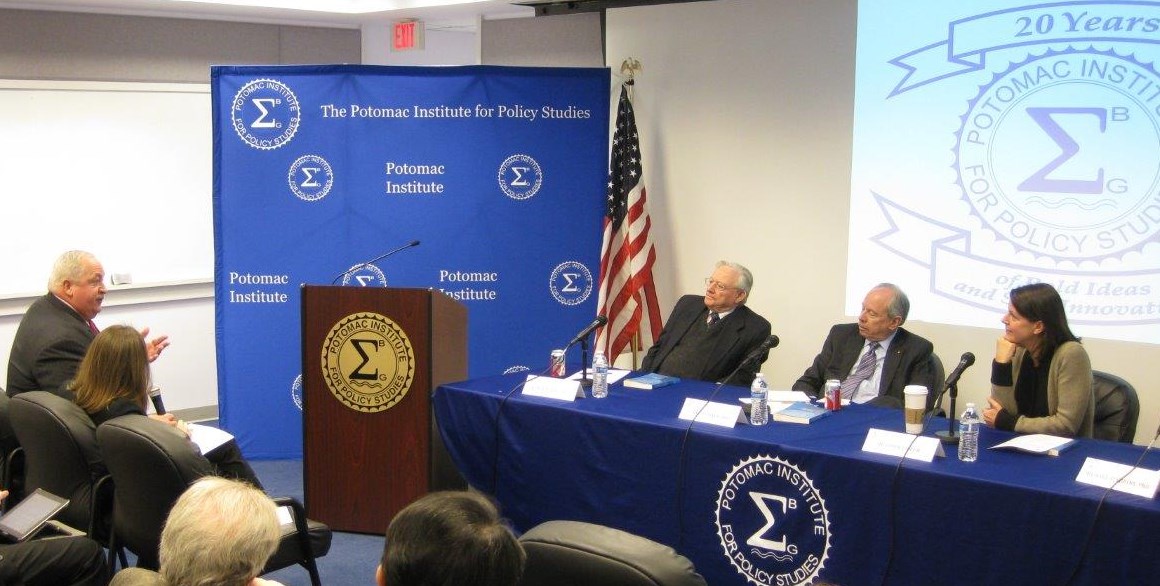Experts Discuss High Impact Journals' Ability to Sift For Pertinent Material, While the Internet Provides an Almost Limitless Forum
By Brian Barnett, Jennifer Lato, Melissa Walsh
 The seminar “Open Access: International and Domestic Policies” was held at the Potomac Institute for Policy Studies on January 22, 2014. Open access has become increasingly important in the journal publication process, and the policies that surround both the publication and distribution are controversial. Drawing from careers in open access agencies such as AAAS, SPARC, and the Potomac Institute, the three panelists highlighted core features of US open access policy, as well as the business models of open access.
The seminar “Open Access: International and Domestic Policies” was held at the Potomac Institute for Policy Studies on January 22, 2014. Open access has become increasingly important in the journal publication process, and the policies that surround both the publication and distribution are controversial. Drawing from careers in open access agencies such as AAAS, SPARC, and the Potomac Institute, the three panelists highlighted core features of US open access policy, as well as the business models of open access.
The first speaker, Dr. Alan Moghissi, who is on the Potomac Institute's Board of Regents, highlighted the importance of peer review within the journal publication process, and that despite efforts to increase validity, there exists three major issues. The first is the free, immediate availability of scholarly articles; the second is review criteria; and the third is defining the role of an editor. In addition to these three issues, Dr. Moghissi also addressed a financial incentive for journals to publish regardless of validity. In some cases a journal may not receive numerous manuscripts, and thus will seek to publish articles of low impact.
The next speaker, Dr. Alan Leshner, PhD, CEO, American Association for the Advancement of Science (AAAS), Executive Publisher, Science, argued for the use of the term public rather than open access. According to Dr. Leshner, there exists an abundance of definitions and criteria over what open access entails, as well as debate over when studies should be made public. Citing his own observations with his journal Science, Dr. Leshner explained that while the journal is a public, high visibility journal dedicated to expanding communication between scientists, it costs $52 million annually to publish. Much research is paid for by the federal government; however, it is not always given back to the public for free. The business model for Science indicates that 2/3 of revenue is generated from circulation, with the remaining 1/3 generated from advertising. Thus he posed that question as to whom should pay the cost of publishing—the author, the reader, or the funder? Clearly many funders cannot afford the high cost of open access, especially those in poor countries, and as such Dr. Leshner believes that without a change in the business model, traditional journals will cease to exist in the near future.
The next speaker, Heather Joseph, addressed open access from the perspective of mitigating costs and maximizing utility with the digital community. According to Mrs. Joseph, Executive Director, Scholarly Publishing and Academic Resources Coalition (SPARC), the journal publication industry is a high priced commodity at $9 billion, with libraries constituting 80% of the revenue base. Therefore not only do we need to incorporate the Internet as a method of pricing control, but also recognize that research results and investments in science gain value with increasing availability and dissemination. If the goal is to rebuild the system so that scholars can share articles and data more readily, then the policy environment needs to make open access the desired norm.
